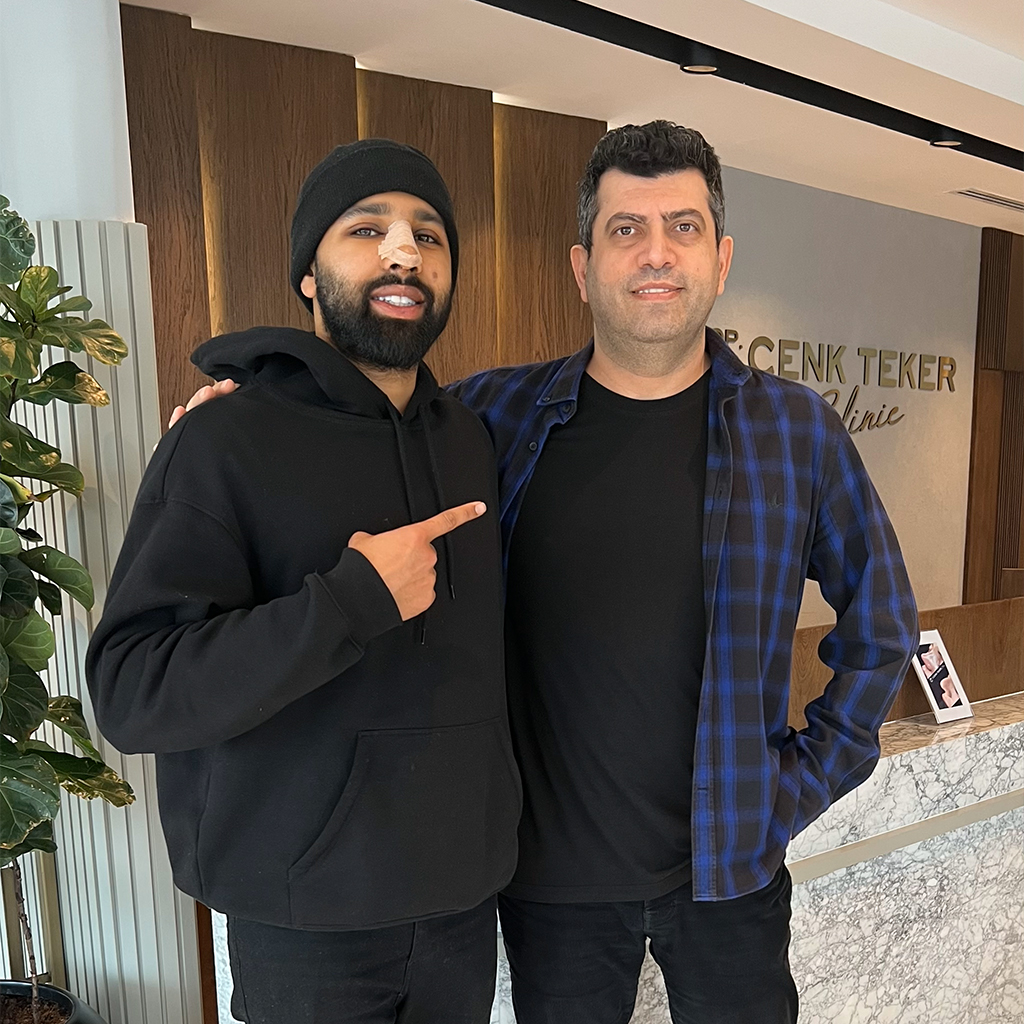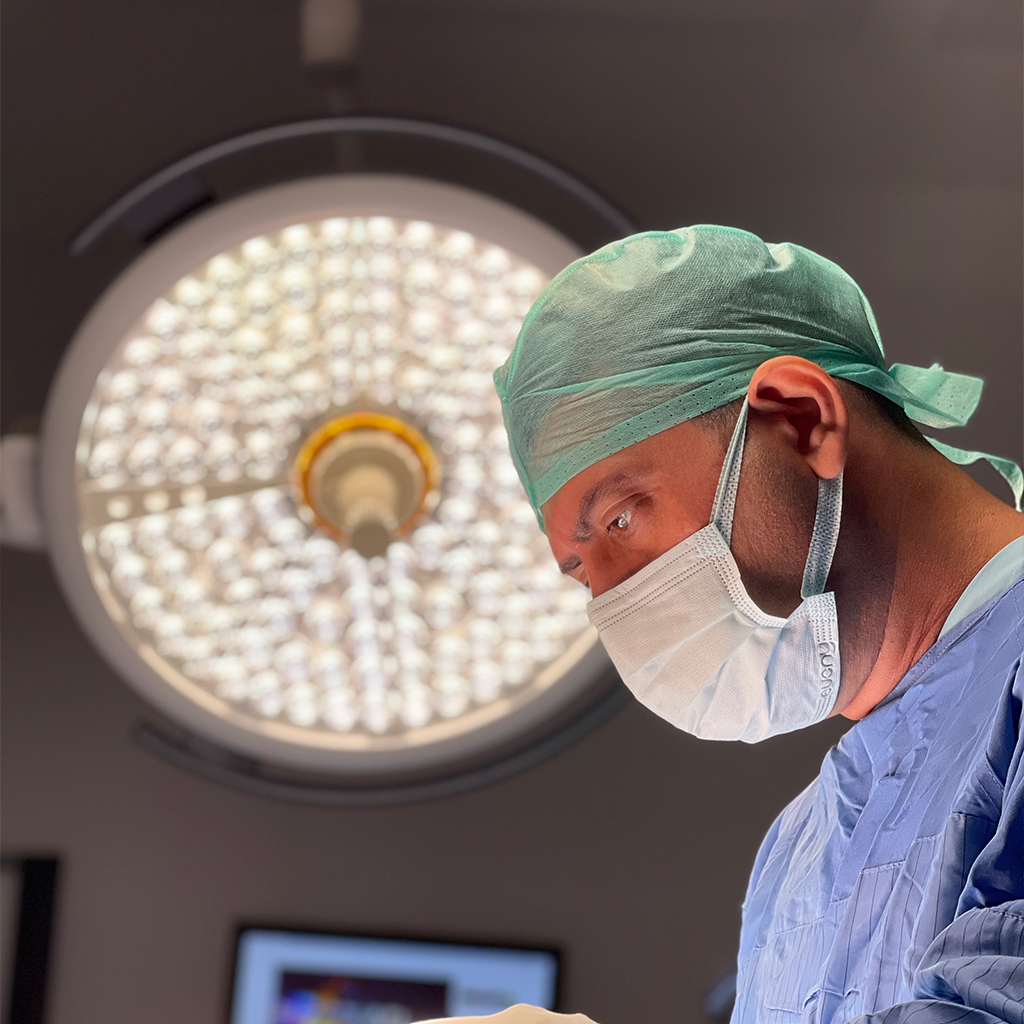Revision rhinoplasty, also known as secondary rhinoplasty, is a surgical procedure performed to correct and improve the results of a previous rhinoplasty surgery. It is a more complex procedure than primary rhinoplasty, as the surgeon must work with the existing nasal structure and scar tissue from the previous surgery.
Revision rhinoplasty can be performed for a variety of reasons, including:
Correcting functional problems such as breathing difficulties or nasal obstruction
Improving the aesthetic appearance of the nose
Correcting asymmetry or deformities caused by the previous surgery
Addressing complications from the previous surgery such as infection, scarring, or implant displacement
The revision rhinoplasty procedure is similar to the primary rhinoplasty procedure, but it requires more expertise and experience from the surgeon. The surgeon must carefully evaluate the existing nasal structure and the extent of the previous surgery to develop a personalized treatment plan.
The surgery may involve removing or reshaping existing cartilage or bone, adding cartilage or tissue grafts, or modifying the nasal skin. The surgeon may also need to address scar tissue and any other complications from the previous surgery. The technique used for revision rhinoplasty will depend on the extent of the procedure and the desired results.
Recovery from revision rhinoplasty is similar to primary rhinoplasty, but it may take longer due to the additional scar tissue and the complexity of the surgery. It is important to follow postoperative care instructions carefully to ensure optimal healing and avoid complications.
It is important to choose a skilled and experienced surgeon for revision rhinoplasty to ensure the best possible outcome. The surgeon should have extensive experience in performing revision rhinoplasty procedures and be able to demonstrate their previous results. Good communication with the surgeon is also essential to ensure that expectations are realistic and the desired results are achievable.
Candidates:
Ideal candidates for revision rhinoplasty are individuals who have undergone a previous rhinoplasty procedure and are not satisfied with the results. Candidates should be in good health and have realistic expectations from the surgery. It is important that candidates wait at least 1 year after the previous surgery before undergoing revision rhinoplasty to allow for optimal healing.
Preparation:
Prior to the surgery, your surgeon will evaluate your nasal structure and the extent of the previous surgery to develop a personalized treatment plan. You may also be required to undergo some pre-operative tests to ensure you are fit for the surgery. It is important to discuss any medications or supplements you are taking with your surgeon, as some may need to be stopped prior to the surgery to minimize the risk of bleeding.
Potential Risks:
As with any surgical procedure, revision rhinoplasty carries some risks. Potential risks include bleeding, infection, scarring, breathing difficulties, and asymmetry. The risk of complications may be higher with revision rhinoplasty due to the presence of scar tissue and the complexity of the surgery. Your surgeon will discuss these risks with you before the surgery and take steps to minimize them.
Results:
The results of revision rhinoplasty may not be immediately visible as the nose will be swollen and bruised for several weeks after the surgery. It can take several months for the swelling to completely subside, and for the final results to become apparent. However, the results of revision rhinoplasty can be long-lasting and can improve the overall appearance and function of the nose.
Cost:
The cost of revision rhinoplasty can vary depending on the surgeon’s experience and location, the complexity of the surgery, and any additional procedures that may be required. It is important to discuss the cost of the procedure with your surgeon during the consultation.
Conclusion:
Revision rhinoplasty is a surgical procedure that can improve the results of a previous rhinoplasty surgery. It is a more complex procedure than primary rhinoplasty, and it requires the expertise of a skilled and experienced surgeon. If you are considering revision rhinoplasty, it is important to consult with a board-certified plastic surgeon who has extensive experience in performing revision rhinoplasty procedures. Good communication with your surgeon and realistic expectations are also essential to ensure the best possible outcome.





